In the realm of interior design and architecture, an often overlooked potential lies in the strategic framing and enhancement of garden views. This involves immaculate planning not just in the landscaping of the garden, but also in the harmonious integration of internal aesthetics with the external panoramic greenery. By understanding the relevance of design elements such as floor-to-ceiling windows, open layout plans, and thoughtfully arranged furniture, we begin to uncover a whole new facet of home design where nature is not just an additional feature, but creates the central theme. Moving further, the selection of colors and materials play a significant role in reflecting the garden’s essence inside the house, providing a seamless visual experience. Additionally, the concept of biophilic design – incorporating natural elements within the indoor space – plays a vital role in creating a sense of continuity and connection between the interior and exterior realms.
Understanding the Importance of Interior Design in Highlighting Garden Views
The Role of Interior Design in Improving Garden Views
Interior design plays a vital role in enhancing the views of your garden. It is the art of crafting indoor spaces to flatter and showcase the beauty of outdoor spaces. An interior designer’s mission includes not only aesthetically pleasing decoration but also the ability to curate the space to form a connection with the outlying landscape. By highlighting elements such as window placement, room layout, and furniture orientation, designers can fashion an indoor environment that not only compliments but also frames the garden view perfectly.
Increased Property Value through Garden Views
Enhancing the view of your garden from the interior of the property can significantly increase the value of the property. As per real estate professionals, a garden view is amongst the top features that potential buyers look for in a property. An elegantly designed interior that accentuates the view of a well-maintained garden would serve as a powerful selling point, adding a substantial amount to the property’s perceived and actual market value.
Enhanced Mood and Well-being
Studies have shown that being surrounded by nature improves one’s mood, reduces stress, and even aids in faster recovery from illnesses. Designing interiors to complement and frame garden views allows residents to enjoy these benefits while still inside their homes. Balanced use of natural light, the inclusion of indoor plants, and well-thought-out color schemes can further enrich the therapeutic qualities brought by a stunning garden view.
Using Floor-to-Ceiling Windows for Emphasizing Garden Views
Floor-to-ceiling windows are an excellent addition to an interior design aiming to maximize garden views. These vast expanses of glass become picture-perfect frames for the outside views. They allow an uninterrupted view of the garden, effectively erasing the boundary between the indoors and the outdoors. Aside from providing stunning views, these windows also let in an abundance of natural light, illuminating your interior spaces and creating a lively indoor environment.
Open Layout Plans and Garden Views
Open layout plans are another fabulous strategy in creating a harmonized indoor-outdoor connection. By minimizing partition walls, the interior space becomes more flexible and inviting. A living room that flows seamlessly into a dining area, for example, can make the home feel larger and offer a panoramic garden view. This fluidity enhances the overall aesthetic of your interior while showcasing the beauty of your exteriors.
Strategically Positioned Furniture to Enhance Garden Views
Furniture placement can be strategically utilized to highlight garden views. Positioning seating furniture like sofas and chairs facing the garden or framing windows carrying garden views allows for constant interaction with the outdoors. Using furniture pieces with lighter tones or clear materials can reduce visual hindrance. Coffee tables with glass tops, acrylic chairs, or light-toned wooden furniture items are usual recommendations.
To successfully incorporate these strategies into the design, it’s important to take into account the overall aesthetic of the house, the lifestyle and needs of its occupants, as well as the existing elements of the garden. Your goal should be to design a space that not only highlights the beauty of your garden but also creates a pleasant and comfortable living environment for those residing in the home.

Choosing the Right Colors and Materials to Complement Garden Views
Harmonizing Interior Colors with Garden Views
When designing your interior to complement your garden view, it’s crucial to think carefully about your color scheme. The colors you showcase indoors should act as an echo of the vivid hues or calming tones that can be seen in your outdoor space. Should your garden boast a multitude of brightly-colored blossoms, consider selecting bold, impactful interior colors. However, if your garden is designed with more of a peaceful, green aesthetic, an earthy color palette composed of greens, browns, or subdued pastels can be a beautiful way to subtly mirror the outdoor view.
Keep in mind that the aim is to blur the boundaries between the indoor and outdoor spaces, and create a harmonious transition from one to the other. Avoid choosing colors that could clash with the hues visible in your garden view, as this can disrupt the balance between the two spaces and draw attention away from your stunning outdoor vista.
Natural Materials in Interior Design
The same principles of color continuity apply to the selection of materials. Natural materials such as wood, stone, wool, or jute can harmonize flawlessly with garden views, echoing the elements found outdoors. Wood, for example, can be used in furniture, flooring, or even wall panels, creating a direct link with the garden view. Stone can also be used as flooring or a decorative piece that brings an extra touch of nature into your home.
Lighting Considerations
To complement the design, you must consider the lighting carefully. During daylight hours, natural light from the garden view would suffice, but for the evenings, you can use low ambient lighting that mirrors the tranquil atmosphere of your garden. Lighting can be used efficiently to emphasize certain outdoor features, such as a tree or water feature, even when night falls. Another option is to install large windows or glass doors to allow a seamless view and abundant light flow from the garden during the day.
The Benefits of Using Natural and Earthy Tones
In interior design, colors have a significant impact on space perception and our psychological state. Earthy colors and natural materials are known to generate a soothing and calming atmosphere that encourages relaxation and overall well-being. They typically provide a peaceful retreat from the overly synthetic and high-tech influences in our lives.
These natural elements also have a timeless appeal. They do not adhere to specific trends, hence they never become entirely outdated. This ensures your interior design will remain relevant and visually pleasing for years, even if changes occur in the garden.
Designing interiors that harmonize with garden views can establish a residence that radiates an organic, serene ambiance, attuned with the surrounding natural elements. This thoughtful ensemble leads to a culmination that is just not merely appealing to the eyes, but a refuge that bridges the gap between indoor and outdoor living, providing the tranquillity and comfort that only nature can bestow.
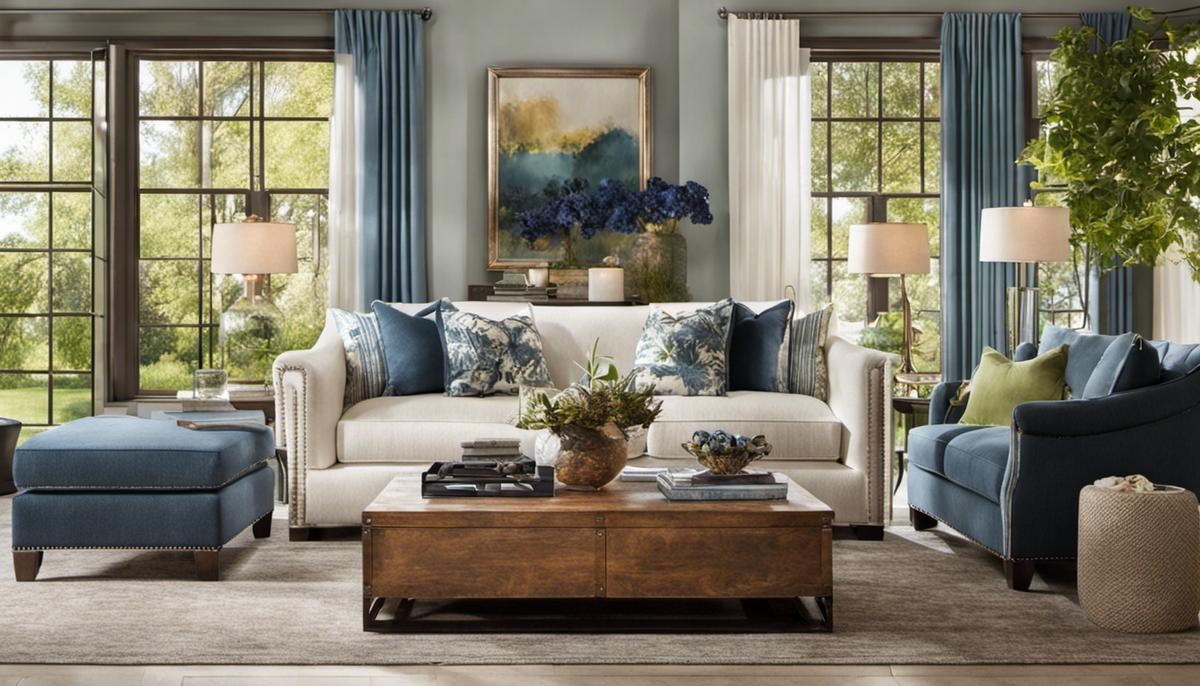
Incorporating Biophilic Design Elements to Enhance Garden Views
Employing Biophilic Design in Garden Views
To effectively meld interior architecture with picturesque garden sights, it’s particularly useful to utilize the principles of biophilic design. Biophilic design is a tactical approach to interior design that incorporates elements of nature into the indoor décor, thus subtly diffusing the boundary between the inner and outer environments. This innovative concept establishes a noticeable connection between your interior styling and the external garden, promoting harmony and seamlessness in your living space.
Incorporating Natural Lighting
Natural lighting is a cardinal element in biophilic design. Capitalizing on the garden view, ample sunshine can be incorporated into the home through large windows, glass doors, or skylights. This can illuminate the indoor space with a warm, natural glow while providing an uninterrupted view of the garden. Translucent window treatments can be used to diffuse the light and prevent glare, while still inviting nature inside. This inviting light can foster a better mood, improve sleep, and increase overall well-being.
Plantation in Interiors
Using plants indoors is another powerful strategy in biophilic design. Indoor plants can echo the garden view and create a sense of continuity, bringing the freshness and vitality of the garden into the home. Hanging plants, potted plants, or living walls can be used to complement the garden view. Plants also improve air quality by absorbing toxins, increasing humidity, and producing oxygen – making the living space healthier as well as more aesthetically pleasing.
Elements Mimicking Nature
To further blur the distinction between indoor and outdoor spaces, the incorporation of nature-inspired materials and patterns – such as wood, stone, or floral or leaf patterns – can be highly effective. This could be realized through hardwood floors, stone countertops, or botanical-print textiles. The use of water features, such as a small indoor fountain, could also mirror an outdoor water feature in the garden, enhancing the connection between the indoors and outdoors.
Color Palette Bridging Spaces
Choosing a color palette that resonifies with the garden view can reinforce the visual connection between the interior and the exterior. Using shades of green can echo the garden foliage, while floral hues can reflect the garden blooms. Neutrals can depict the earthy tones seen outside, creating a more holistic living space that splendidly frames and complements the garden view.
Use of Glass and Reflections
Another technique to emphasize the garden view is using glass and reflective surfaces to duplicate the view within the home. Glass walls and doors offer wide, unobstructed views of the garden. Mirrors strategically placed can reflect the garden view, making it visible from various angles within the room. Reflective surfaces also add brilliance and depth to the space, making it feel larger and brighter.
By incorporating these biophilic design principles, you can create an interior that is not only beautiful and inviting, but also promotes wellbeing by emphasizing the continuity between your interior space and the tranquil garden views.
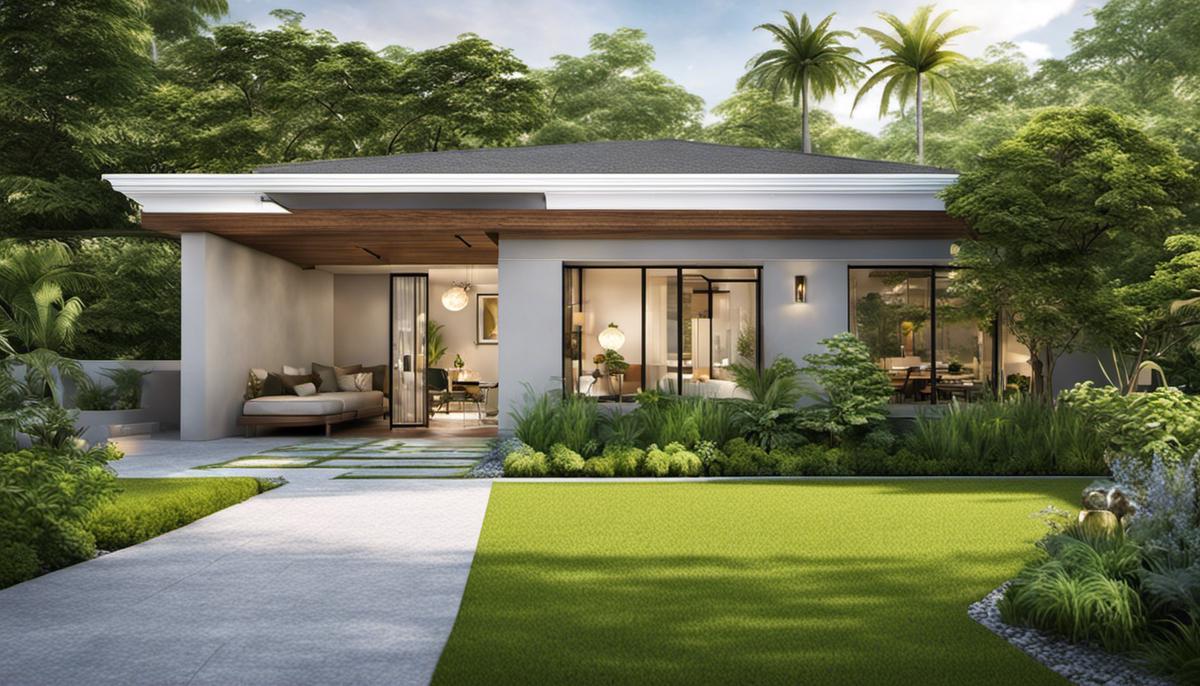
The potential to create breathtaking designs that beautifully juxtapose the indoors and outdoors is limitless. The right blend of color schemes, materials, structure and nature-inspired elements can transform the ambiance, increasing property value while enhancing mood and well-being. As we grow more conscious of our environment and embrace the natural world, understanding how to integrate garden views into the core of interior design becomes a necessity. Thus, bringing a piece of the outdoor marvel into the interiors is an art and science we all can master to contribute towards a harmonious existence between mankind and nature.

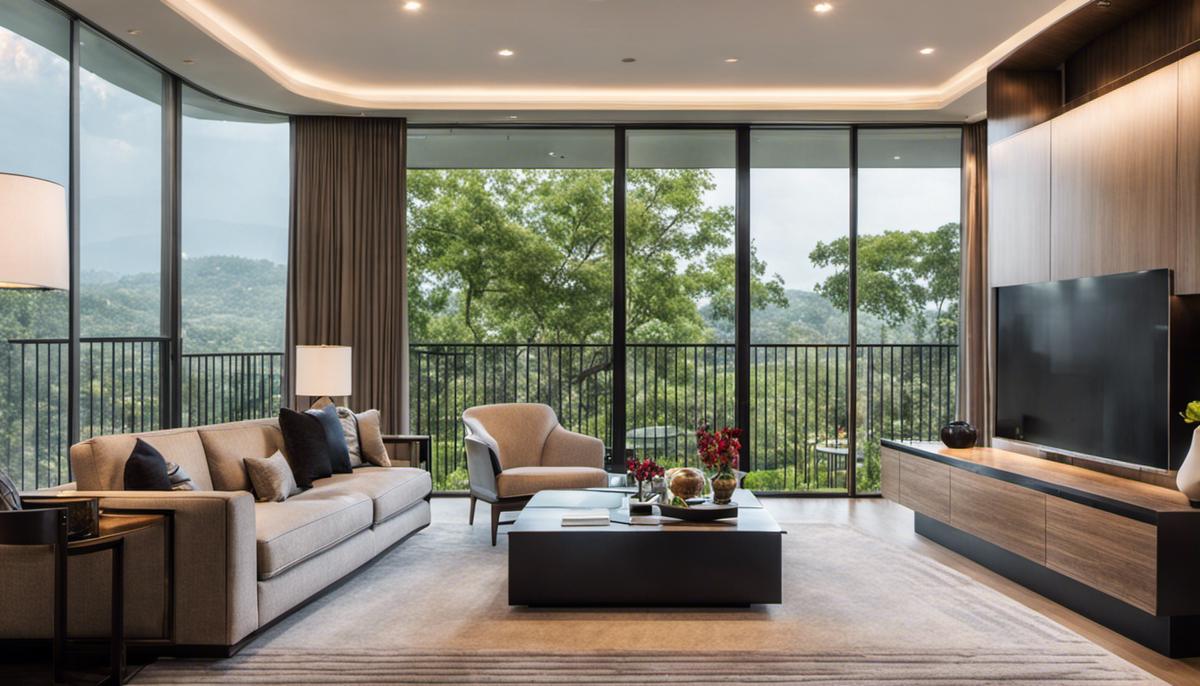
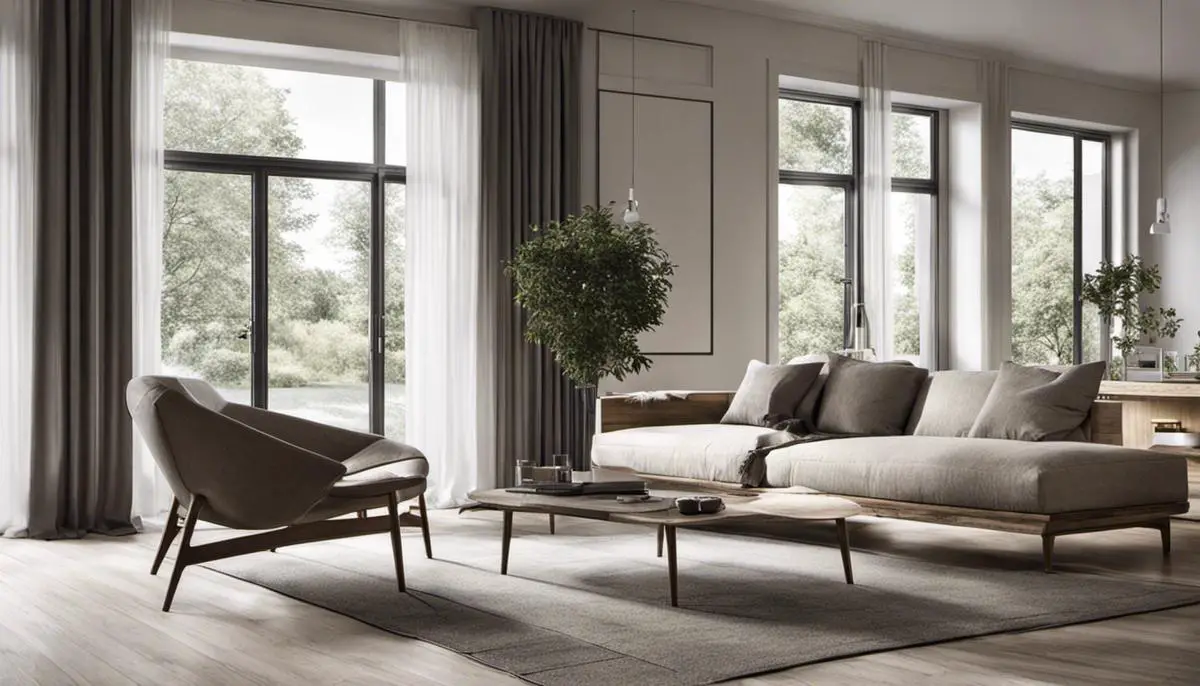
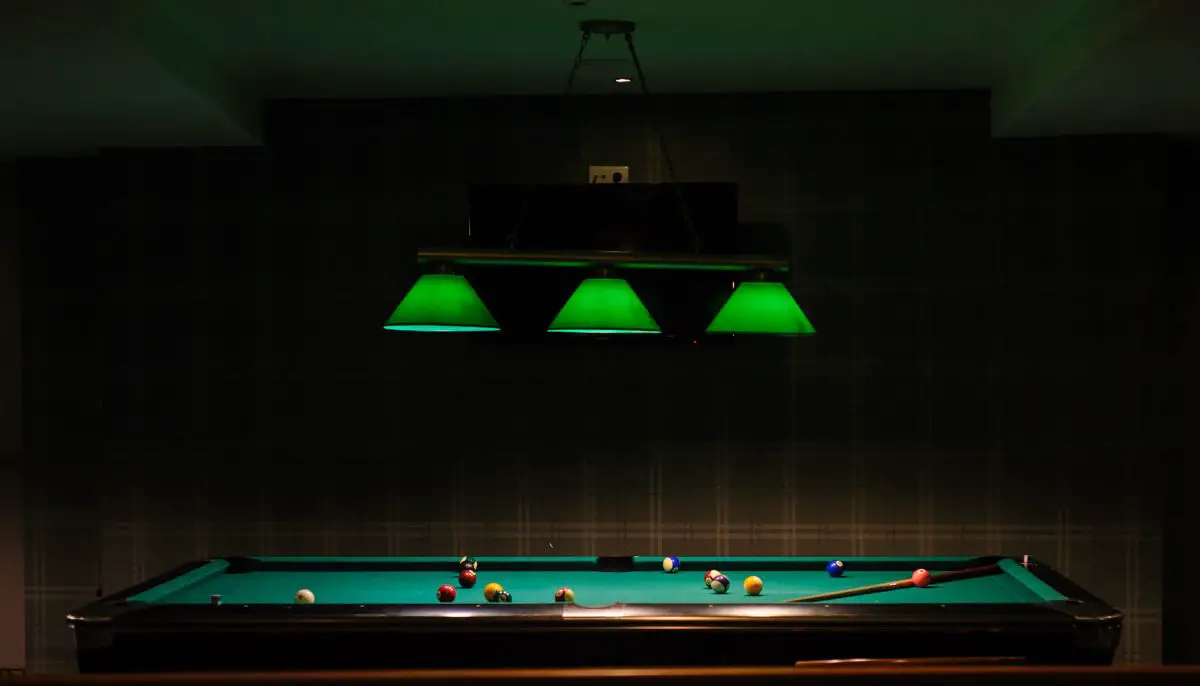
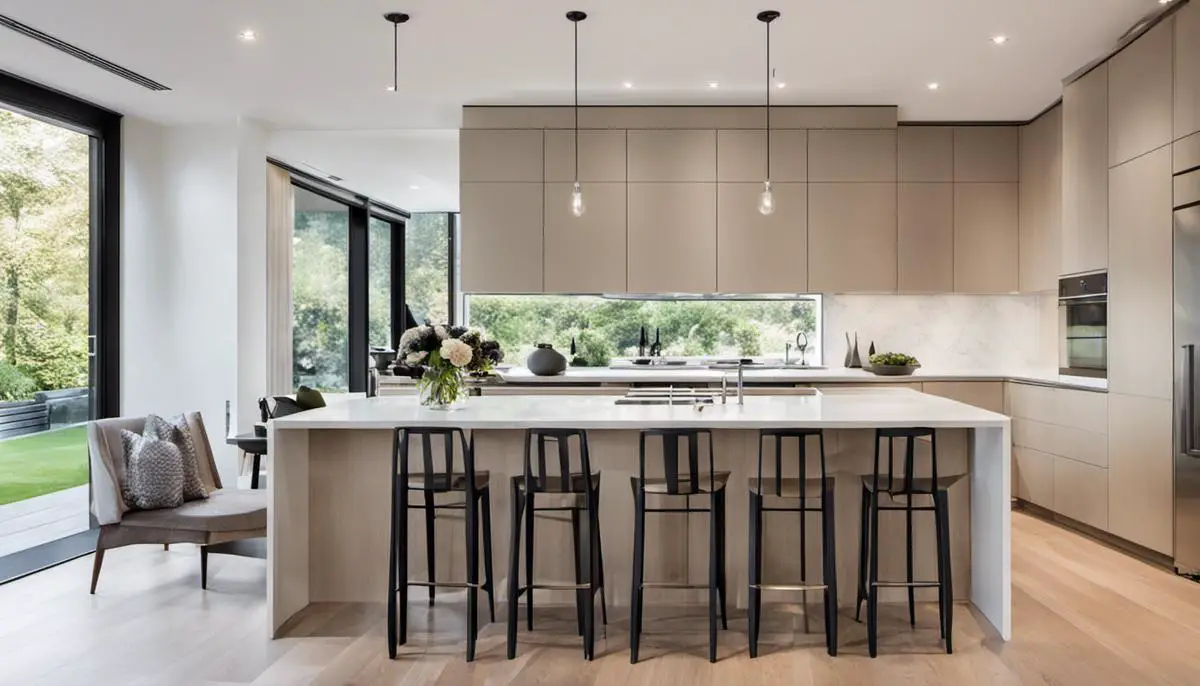
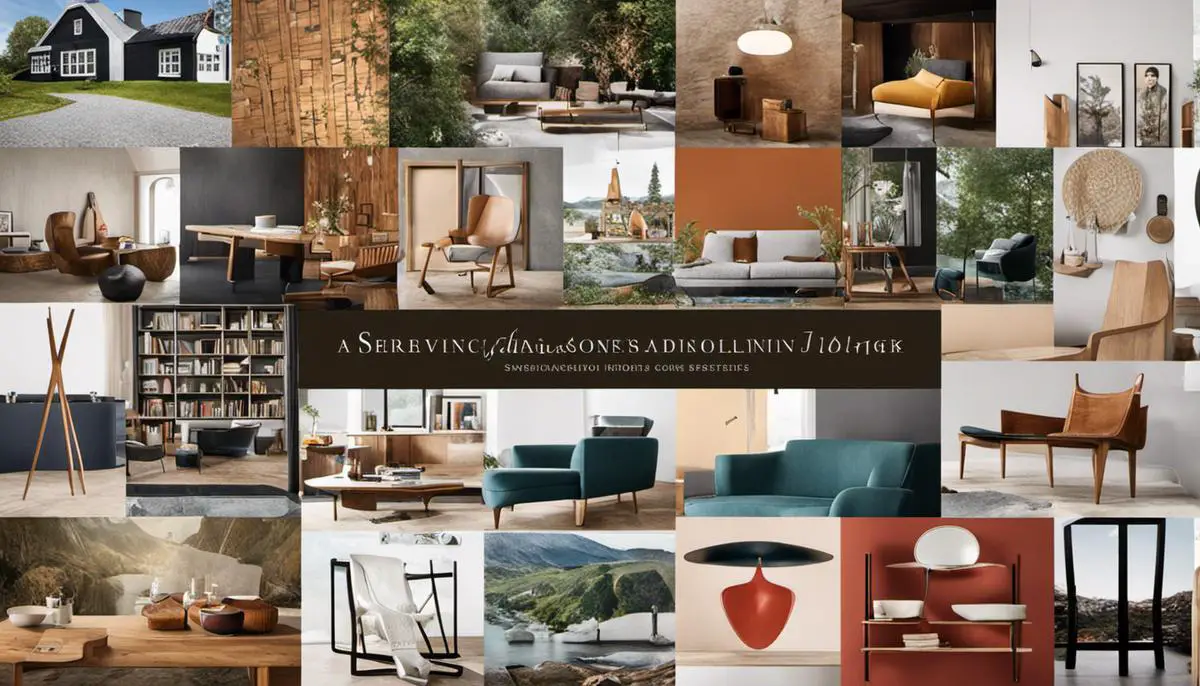
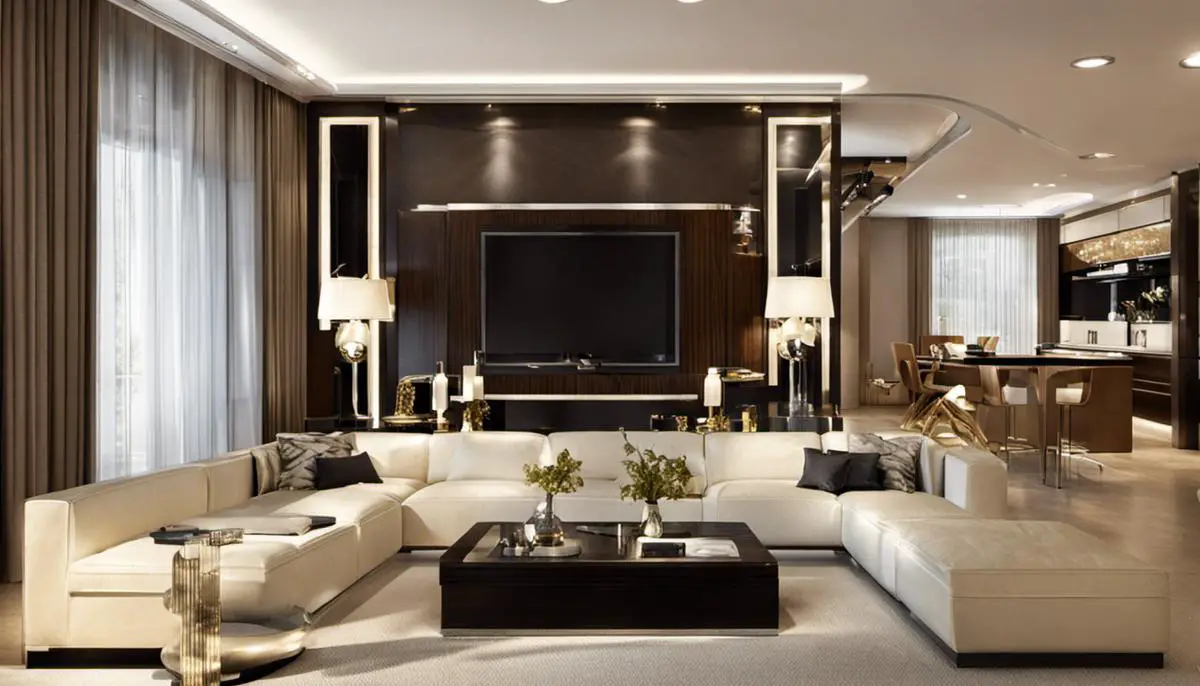
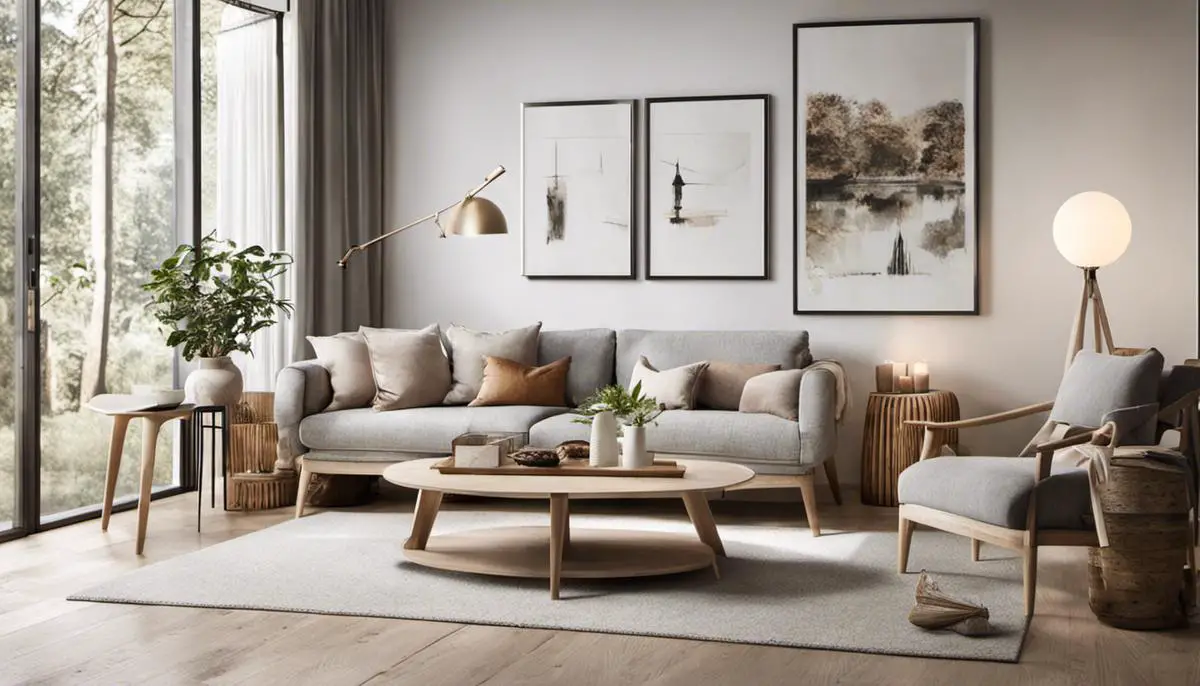
Leave a Reply